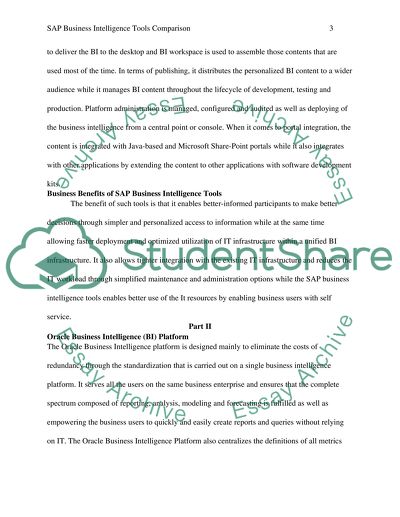Cite this document
(SAP Business Intelligence Tools Comparison Case Study, n.d.)
SAP Business Intelligence Tools Comparison Case Study. Retrieved from https://studentshare.org/logic-programming/1488244-sap-business-intelligence-tools-comparison
SAP Business Intelligence Tools Comparison Case Study. Retrieved from https://studentshare.org/logic-programming/1488244-sap-business-intelligence-tools-comparison
(SAP Business Intelligence Tools Comparison Case Study)
SAP Business Intelligence Tools Comparison Case Study. https://studentshare.org/logic-programming/1488244-sap-business-intelligence-tools-comparison.
SAP Business Intelligence Tools Comparison Case Study. https://studentshare.org/logic-programming/1488244-sap-business-intelligence-tools-comparison.
“SAP Business Intelligence Tools Comparison Case Study”, n.d. https://studentshare.org/logic-programming/1488244-sap-business-intelligence-tools-comparison.


